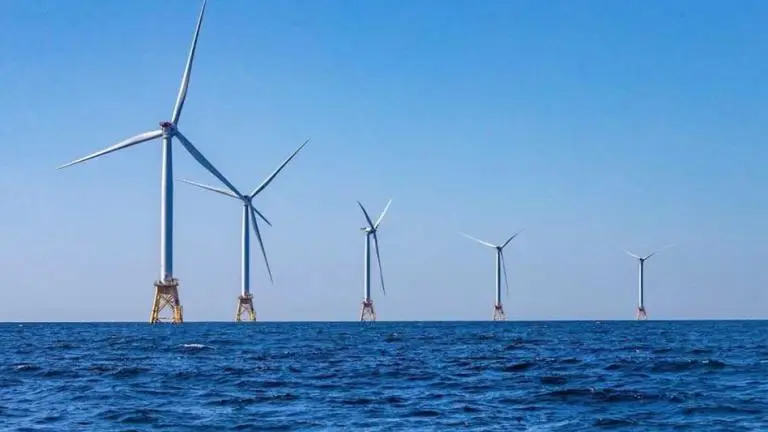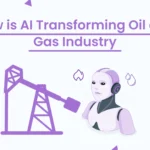Oil and Gas Industry Embraces Sustainability to Meet Global Net-Zero Goals

London, UK
The global oil and gas industry is intensifying its focus on sustainability in 2025, driven by mounting pressure to align with net-zero emissions targets, stricter regulations, and growing stakeholder expectations. Companies are investing heavily in carbon capture, methane reduction, renewable energy integration, and circular economy practices to balance operational demands with environmental responsibility. Amid a projected oil surplus and geopolitical challenges, sustainability is reshaping the industry’s future.
Carbon Capture, Utilization, and Storage (CCUS) Gains Momentum
Carbon capture, utilization, and storage (CCUS) is a cornerstone of the industry’s sustainability efforts. In 2025, global CCUS investments are projected to reach $25 billion, with ExxonMobil’s LaBarge facility in Wyoming capturing 8 million metric tons of CO2 annually and plans to scale to 11 million by 2028. Projects like Chevron’s Gorgon facility in Australia, capturing 4 million metric tons yearly, are reducing emissions from LNG production. However, a 2025 Deloitte survey reveals only 43% of oil and gas executives prioritize CCUS due to high costs and regulatory uncertainties, limiting broader adoption despite technological advancements like AI-driven optimization cutting capture costs by 10%.
Methane Emissions Reduction as a Priority
Reducing methane emissions, a potent greenhouse gas, is a critical focus. Companies like TotalEnergies are using AI-powered satellite monitoring to detect and reduce methane leaks, achieving a 7% reduction at Qatari gas fields in 2024. The Oil and Gas Climate Initiative (OGCI) reports that its members, including BP and Shell, cut methane intensity by 20% since 2017, targeting near-zero emissions by 2030. In 2025, 50% of major operators are expected to adopt advanced leak detection systems, supported by $2 billion in investments, though challenges remain in scaling these technologies across smaller producers.
Renewable Energy Integration in Operations
The integration of renewable energy into oil and gas operations is accelerating. Cheniere Energy’s Corpus Christi LNG plant now incorporates 50 MW of solar power, reducing emissions by 5% in 2024. Shell is investing $5 billion in 2025 to power offshore platforms with wind energy, particularly in the North Sea, where renewable capacity is expected to grow by 20%. These efforts align with global electricity demand trends, with renewables powering 30% of global grids in 2025. However, only 35% of industry executives surveyed prioritize renewable integration, citing infrastructure limitations and high upfront costs.
Circular Economy and Waste Reduction
The industry is adopting circular economy principles to minimize waste and enhance resource efficiency. Companies like Saudi Aramco are recycling 15% of drilling fluids and using waste hydrocarbons in petrochemical production, reducing operational waste by 10% in 2024. The petrochemical sector, projected to drive 18–20% of global oil demand by 2040, is leveraging recycled feedstocks, with BASF’s new plants targeting 500,000 metric tons of recycled plastics annually by 2027. Digital tools, including AI-driven waste management systems, are cutting disposal costs by 8%, supporting sustainability goals.
Navigating Market and Geopolitical Challenges
Sustainability efforts are unfolding against a backdrop of market volatility, with a projected 1.7 million b/d oil surplus by early 2026 pushing Brent crude prices from $68 per barrel in August 2025 to $50 per barrel in Q1 2026. Geopolitical risks, including tensions in the Strait of Hormuz, handling 21% of global LNG, threaten supply chains, prompting companies to invest $3 billion in diversified, low-carbon supply routes. The EU’s March 2025 ban on Russian LNG re-exports is driving demand for sustainable LNG from the U.S. and Qatar, with 23.6% import growth in H1 2025.
Workforce and Community Engagement
Sustainability extends to workforce and community initiatives. Automation-driven job cuts, totaling 10,000 in 2024–2025, are being offset by retraining programs, with 5,000 workers transitioning to roles in CCUS and renewables by 2027, supported by $300 million in industry-led initiatives. Community engagement is also key, with TotalEnergies investing $15 million in education and green infrastructure near LNG facilities, enhancing social licenses to operate. These efforts are critical in regions like Africa and Asia, where stakeholder trust drives project approvals.
Technological Support for Sustainability
Advanced technologies are enabling sustainability goals. AI and Industrial Internet of Things (IIoT) systems are optimizing CCUS and methane detection, with BP reporting a 12% efficiency gain in emissions monitoring in 2024. Digital twins, used by Shell at its Prelude FLNG platform, reduced energy consumption by 10%, supporting greener operations. Blockchain is enhancing transparency in carbon credit trading, cutting transaction costs by 7% for QatarEnergy in 2024. In 2025, technology investments for sustainability are expected to reach $10 billion, driving industry-wide progress.
Outlook for 2025
The oil and gas industry’s sustainability push in 2025 is reshaping its operations, with CCUS, methane reduction, and renewable integration at the forefront. Despite challenges from market oversupply, geopolitical risks, and high investment costs, companies are leveraging technology and stakeholder engagement to meet net-zero goals. As the industry balances profitability with environmental responsibility, its sustainability efforts will define its role in the global energy transition through 2030.







